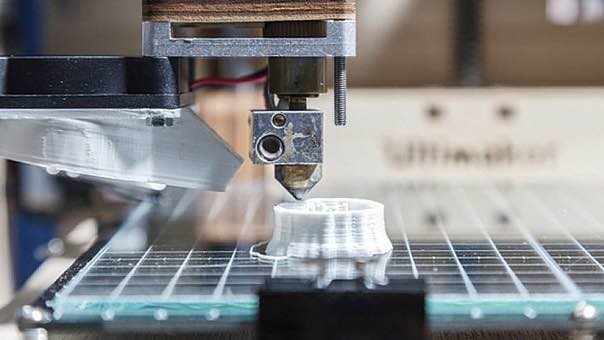According to the 2018 Global Brand Counterfeiting Report, in 2017, the total sales revenue of counterfeiting on a global scale reached 1.2 trillion dollars and is destined to reach 1.82 trillion dollars in 2020.
An important share of counterfeiting is accounted for by online traffic, which was responsible for a loss of 323 billion dollars in 2017. The report analyses the dimensions, models, trade routes, and problems of counterfeiting in relation to the consumer goods sectors of apparel, textiles, footwear, cosmetics, leather goods, and watches: the estimated loss in the cas e of luxury goods is around 98 billion dollars, of which 30.3 billion is generated by online sales.
e of luxury goods is around 98 billion dollars, of which 30.3 billion is generated by online sales.
Although the growth experienced by business and technology have positively influenced the world’s markets, it has also offered organised crime enormous opportunities to develop illegal businesses and counterfeiting activities, with a subsequent reinforcement of these activities’ economic power. Now, the development of e-commerce platforms and the most innovative technologies offer organised crime further opportunities for growth. An example is represented by the potential of 3D printers: currently in the world there are around 1 million units, of which 20-25% are already in use in production lines, thereby demonstrating how easy it is to use them also for criminal ends in the production of false goods.
Counterfeiting represents a great challenge for agencies fighting against illegal commerce and the crimes perpetuated with regards to intellectual property rights, practices that not only cause an enormous damage legally and economically speaking, but which also represent a serious threat both socially and environmentally.



